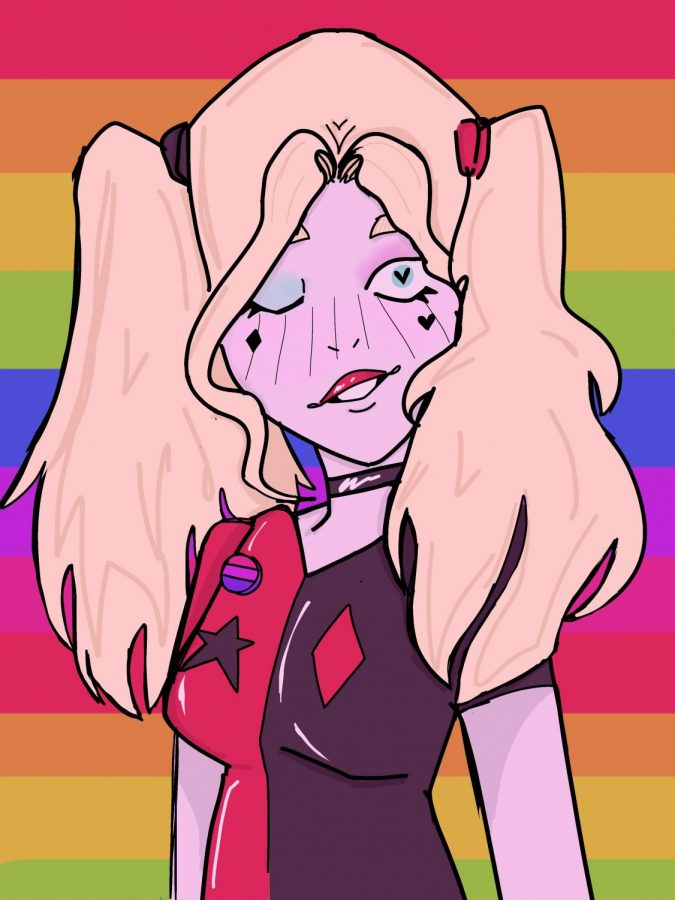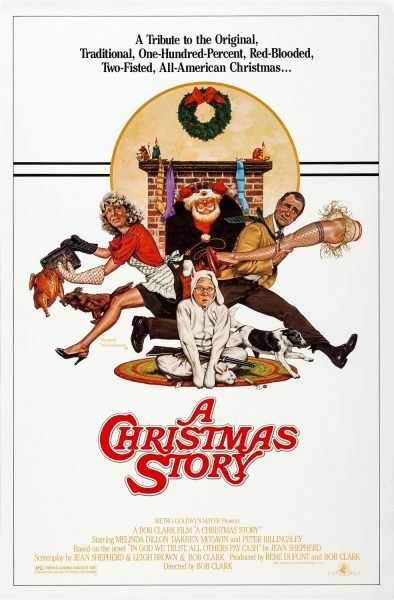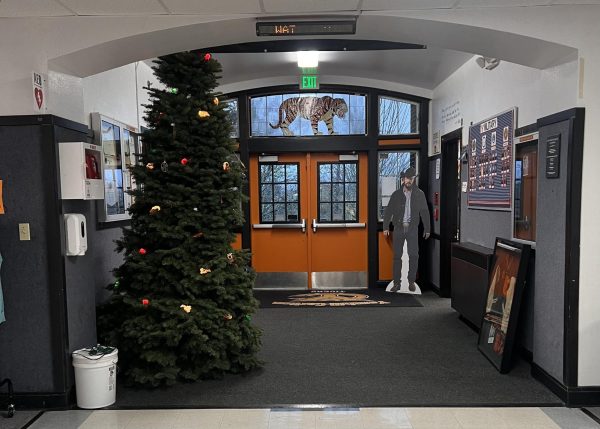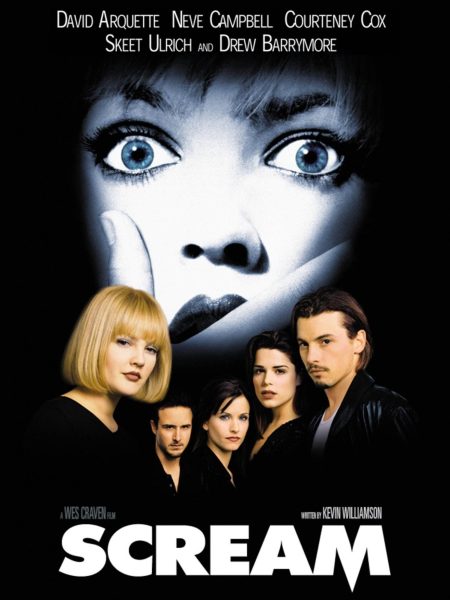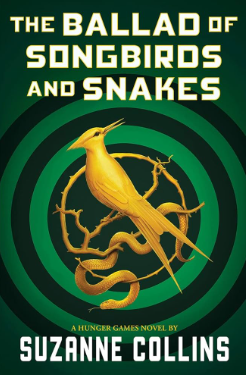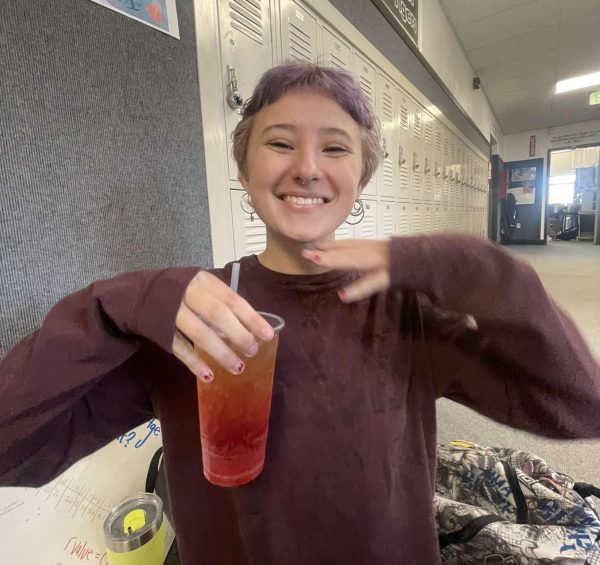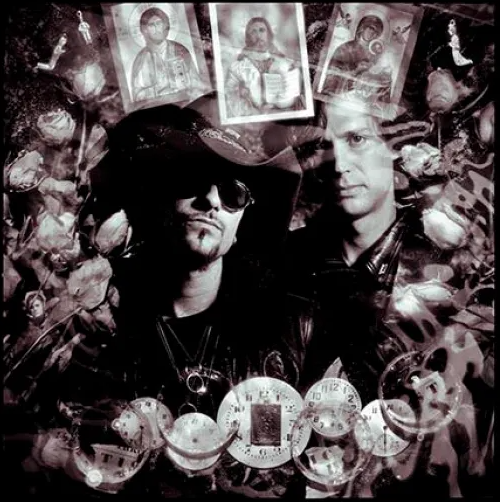DC Comics ushers in a new age of LGBT representation in its characters
DC character Harley Quinn is one of several characters that represent the LGBT community in comic books and movies.
April 8, 2021
In early 2017 the film The LEGO Batman Movie was released and it made $312 million USD in the box office. With its success also came some backlash.
According to Pink News some anti-LGBT groups boycotted the movie for “gay propaganda.”
This claim, although negative in nature, wasn’t completely wrong. The LEGO Batman Movie did in fact feature many moments that implied queerness in some form or fashion.
Some people who watched that movie may have picked up on those moments and thought nothing of it. But DC has been adding LGBT representation slowly into their media for years. Some beloved characters such as Harley Quinn, Poison Ivy, John Constantine, Batwoman, and Green Lantern have all been LGBT in one or more of their universe’s in the comics and shows.
Even the Joker, who is arguably one of the most recognizable characters in comic history, has been painted as queer in many versions, such as back in The LEGO Batman Movie or in the video game Batman: The Telltale Series where Director Kent Mudle explains that one of the characters was written into the script as bisexual.
With these changes in the amount of LGBT characters shown on page and on screen the opinion of straight watchers and readers whether negative or positive grows stronger every day.
YCHS parent Nathan McMullen and student Henry Meyer, who are both straight male comic collectors, say they have been collecting comics and superhero media since a young age and have continued their support of the genre as they have gotten older.
McMullen says he didn’t notice the shift in representation the same way that younger readers and viewers do.
“…Well…Batman and Robin. When was there a shift?” he said. “DC has always pushed the boundaries, and most were suspect of the boy wonder, those shorts were really tight.”
Meyer says that the change had not been abrupt and had been handled well. He is happy with the representation and was glad the characters were not treated as one big marketing scheme.
“It’s definitely good that they’re finally treating lgbtq+ people like normal people and not like they’re always ‘look look look! I’m gay!’ It’s good that they’re finding their ground and making amazing interesting characters,” Meyer said.
McMullen’s take on the topic is similar.
“I think it’s important and I think that representation of everyone should be there, my only thought is…and it’s my same thought with everything… that they don’t over saturate and deliberately change and twist classic characters to fit society trends,” he said.
Both McMullen and Meyer say that they are fond of the Harley Quinn comics, whether it be her solo comics, or her team up series with her girlfriend Ivy. Both are good places to start for readers who want to explore LGBT characters. McMullen also recommended the John Constantine comics for their great plot and characters.
LGBT representation is happening more and more every day, and seeing it in comics can really bring joy to those who never felt welcome in that genre. To quote singer Bob Dylan, whose song was featured in the famous superhero movie The Watchmen, “Oh the times they are a-changin’.”

